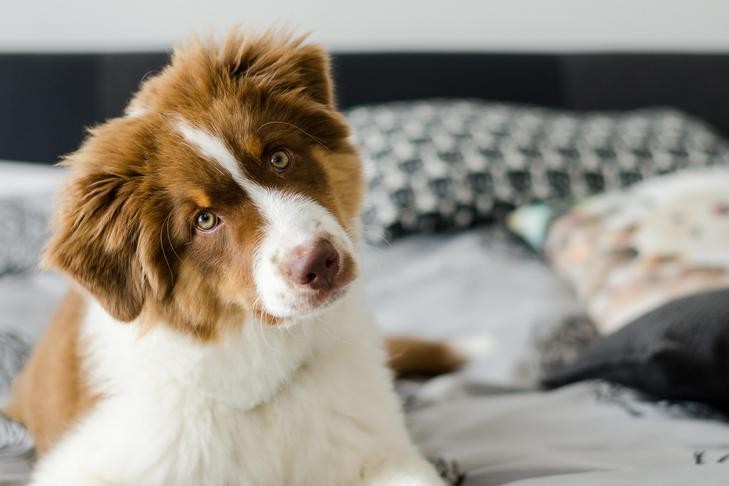Teaching a puppy its name is a foundational step in training and building a strong bond. A dog that reliably responds to its name is more attentive, easier to manage, and safer in various situations. But how do you effectively teach a puppy its name? This guide provides a step-by-step approach using positive reinforcement to help your furry friend learn their name quickly and happily.
Positive Reinforcement: The Key to Success
The most effective way to teach a puppy its name is through positive reinforcement. This involves associating the name with something pleasant, like treats, praise, or a favorite toy. Here’s a breakdown of the process:
Start Simple:
- Choose a Quiet Environment: Find a quiet space with minimal distractions, like your living room or a quiet corner of your yard.
- Use High-Value Treats: Small, soft, and easily chewable treats work best. Consider using extra special treats like small pieces of cooked chicken or turkey.
- Say the Name, Reward the Response: When your puppy isn’t looking at you, say their name in a happy, upbeat tone. As soon as they turn their head towards you, immediately mark the behavior with a clicker (if you’re using one) or a verbal cue like “Yes!” or “Good!” and give them a treat.
Gradually Increase Difficulty:
- Increase Distance: Once your puppy consistently responds in a quiet environment, gradually increase the distance between you. Call their name from across the room or from a different location.
- Add Distractions: As your puppy masters responding to their name in quiet settings, gradually introduce distractions. Start with minor distractions and slowly increase the level of stimulation.
- Intermittent Reinforcement: Once your puppy reliably responds to their name, start rewarding them intermittently. This means giving treats or praise only some of the time. Continue verbal praise with every correct response.
Common Mistakes to Avoid
- Negative Associations: Never use your puppy’s name in a negative context, such as when scolding them. This can create a negative association with their name.
- Repetition Without Reward: Avoid repeating your puppy’s name over and over if they don’t respond. This can teach them to ignore you. Instead, try getting their attention with a different sound or movement, then say their name and reward them when they look at you.
- Name Before Every Command: While initially helpful, avoid saying your puppy’s name before every command. The goal is for them to respond to commands independently.
Changing an Adult Dog’s Name
It’s possible to change an adult dog’s name. Use the same positive reinforcement techniques outlined above. Be patient and consistent, and your dog will learn to respond to their new name.
Conclusion
Teaching a puppy its name requires patience, consistency, and positive reinforcement. By following these tips and avoiding common mistakes, you can help your puppy learn their name quickly and build a strong foundation for future training. A dog that knows its name is a more engaged and well-behaved companion, making the effort well worth it.

